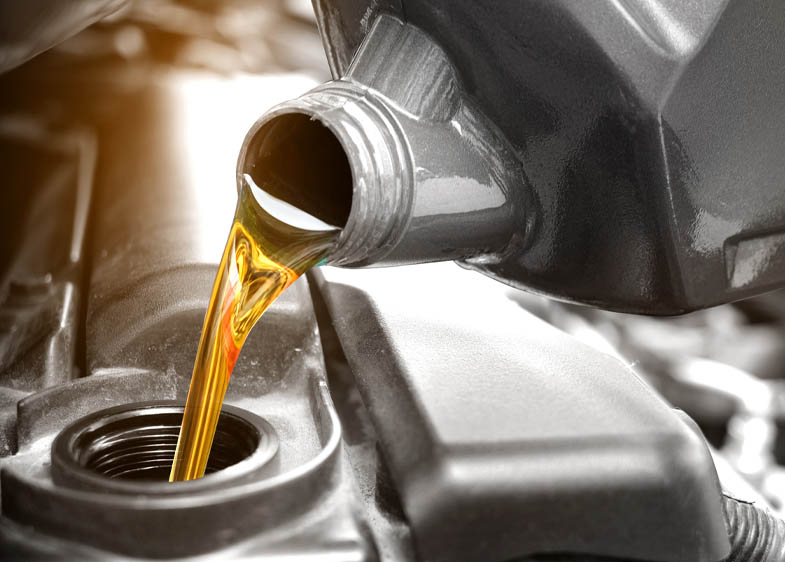Why compatibility matters
Hydraulic systems depend on the right fluid to keep machinery running efficiently, safely, and for as long as possible. Yet, finding the perfect hydraulic fluid compatibility isn’t always straightforward.
While most operators focus on viscosity or adhere to the minimum requirements listed by an OEM, real-world performance often hinges on less obvious factors. These include chemical compatibility, contamination control, and the interaction of fluids with the materials in your system.
Even minor mismatches can lead to seal degradation, pump wear, and unplanned downtime. With over 35 years of industry experience, we understand that achieving compatibility is just as crucial as selecting the right pump, actuator, or valve.
Additives & chemical interactions
Hydraulic fluids are more than just oil. Modern formulations include complex additive packages designed to reduce wear, resist oxidation, prevent foaming and manage water contamination.
The problem is, not all additives are compatible with all seal materials. For example, fluids containing high levels of zinc-based anti-wear additives can accelerate the breakdown of specific elastomers.
Even standard nitrile rubber seals can swell or harden when exposed to incompatible fluids, particularly under high-temperature conditions. We’ve seen this many times during fluid audits, where systems suffer from reduced performance, leaks or inconsistent actuation because the chosen fluid reacts poorly with internal seals and hoses.
This isn’t always due to negligence; in many cases, it comes down to assumptions made when topping up or switching to a new supplier.
Mixing fluids can cause serious problems
Topping up systems with whatever fluid is on hand is still common practice, especially when under pressure to keep machines running. However, mixing fluids, even if they appear similar on the label, can introduce serious risks.
Different fluids often contain incompatible additives. When mixed, these can form sludge, accelerate varnish formation, or reduce lubricity.
This leads to premature wear, blocked filters, and in some cases, total system failure. We’ve also observed the mixing of biodegradable fluids with mineral oils during changeovers, which can lead to unstable emulsions and permanent damage to pumps and valves.
Testing new fluids in small volumes is good practice before committing to a system-wide change. ASTM D7155 is one recognised method for checking fluid compatibility, but in many cases, working with an experienced technical partner is the best way to minimise risk.
Managing contamination during changeovers
Changing from one fluid to another should never involve just draining and refilling. Even trace amounts of old fluid left in paperwork, filters or reservoirs can affect how new oil performs.
Without proper flushing, new fluids can be compromised before they’ve had a chance to do their job. That’s why we perform high-velocity flushing, offline filtration, and condition monitoring as part of any changeover process.
We also inspect seals and hoses to check for material compatibility before refilling. It’s the kind of work that often goes unnoticed when everything’s running smoothly, but it makes a huge difference to long-term reliability.
Our team also records system pressure, temperature and fluid condition before and after changes. This gives you complete visibility of the process and confidence in the outcome.
Working with OEM guidance
OEM recommendations are an excellent starting point, but they don’t always reflect the whole picture. Especially when it comes to systems operating outside typical conditions, in harsh environments, or running for longer hours than the average user typically does.
Where fluid specifications allow flexibility, we help you select alternatives that match performance while also aligning with your budget, sustainability goals or supply chain needs.
In some cases, we support clients in transitioning to biodegradable or fire-resistant fluids, ensuring a seamless and properly managed transition from start to finish.
This includes verifying seal compatibility, flushing out older oil, and working to OEM standards throughout. We treat every system individually, because a one-size-fits-all approach just doesn’t work.
Speak to the experts
Compatibility issues aren’t always obvious until something fails. With the right advice and the proper process, you can avoid costly mistakes, enhance system reliability, and maximise the benefits of your hydraulic equipment.
Whether you’re troubleshooting problems or planning a fluid change, our team is here to help. View our selection of hydraulic oils or contact us to speak with one of our technical engineers today.


